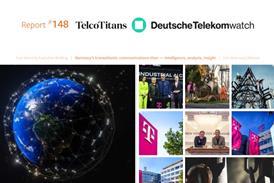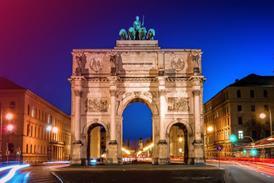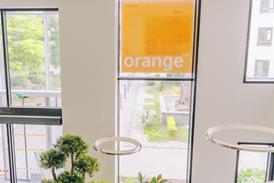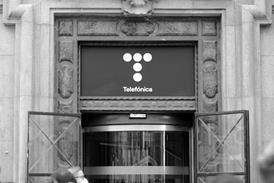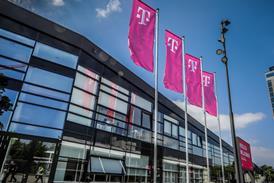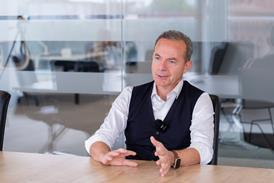- Home
- Telcos
- Network & IT
- Infra
- People
- Finance & Strategy
- Events
- Regions
- Thought Leadership
- Premium
- TelcoX EMEA Leadership & Performance Study
Vodafone Q2 FY20–21
![]() Richard Agnew2020-12-12T14:25:00
Richard Agnew2020-12-12T14:25:00

Source: DFID - UK Department for International Development CC BY 2.0
Cost-cutting props up performance during COVID-19-hit quarter and CFO indicates she is preparing to step up efficiency plans further. Lag in delivery of leadership’s “Phase Two” plans, including Tech 2025, muddying attempts to assure stakeholders of a brighter future. Lots of talk of “underlying” strength as Group’s leadership seeks ...
This is TelcoTitans Professional Subscription content. Subscribe now.
Already a subscriber? Sign in here, or contact us to check if your company has access.
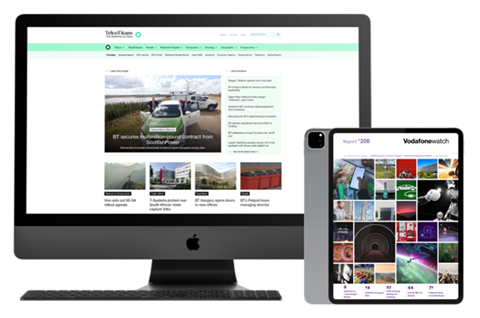
Become a TelcoTitans Professional Subscriber
Read this article and get full access to all TelcoTitans premium telco and digital infra content by subscribing today.
TelcoTitans Professional subscriptions include:
- Full access to all TelcoTitans online news, insight and analysis, including Professional-only and deep-dive content on leading tier-1 telcos
- Professional-only premium weekly CSP briefings and newsletters
- Industry-leading insight and analysis that you simply cannot get anywhere else
“Super intelligence, consistently high quality, compact and easy to digest” – Deloitte.




